Dados do Trabalho
Título
CAUTION NEEDED WHEN DEALING WITH ACTIVE SURVEILLANCE PATIENTS IN THE COVID-19 ERA
Resumo
Prostate cancer is the most common malignancy affecting men, and patients with low risk prostate cancer can be safely managed with the active surveillance strategy. Overtreatment was the major factor that supported the use of this strategy in managing prostate cancer, as the risks of therapy in some cases overcomes the benefits of treating. Taking this into account , active surveillance strategies are becoming more frequent each year and has risen from 6.7% in the 1990s to 40% in 2010-2013 (CaPSURE Registry).
In the other hand of this question we are dealing with a much unknown disease called COVID-19.The clinical spectrum of COVID-19 as a multisystemic disease is much known, with a wide spectrum of symptoms including almost all systems. The most known are the pulmonary and cardiovascular systems. Coronavirus infection causes a release of proinflammatory cytokines, associated with a systemic inflammatory response syndrome (SIRS), and accelerates cellular deaths in lungs, heart, liver, kidney and adrenal parenchymal tissue.
SERIES OF CASES
The first patient was a 77 years old men with a Gleason 6 adenocarcinoma, with a very low risk prostate cancer, and was on active surveillance. He had a baseline PSA of 2,64 and an MRI with a PIRADS 2. This patient tested positive for COVID-19 with only mild symptoms, and he had a PSA testing as soon as he was out of quarantine. The new PSA value post COVID was 8,31 and there was some concern about that, because he did not perform any test in the last 8 months. We asked him to repeat the test after 2 weeks, and for our surprise the new PSA value was 2,93, right in line with his baseline. We performed a new MRI and there was no suspicious nodules (PIRADS 2).
The second patient was a 76 years old men with a Gleason 6 adenocarcinoma with 2 positives cores out of 16, both with 1% involvement of these cores. He had a baseline PSA of 6,54 and an MRI with a PIRADS 3, and so he was on active surveillance for prostate cancer. He tested positive for COVID-19 one month later with severe symptoms due to respiratory distress and he had to be in the hospital to receive oxygen supplementation. By the time he was better, he performed a PSA that was now of 12,67 with a normal MRI.
DISCUSSION
Lots of data about multisystemic disease in COVID-19 is already known, but there is much knowledge lacking. Our case report suggests that this spectrum may include prostatitis, and we should take extra care in these patients
Palavras Chave
covid, active surveillance
Área
Câncer de Próstata Localizado
Instituições
LACOG-GU - Distrito Federal - Brasil, Oncoclinica - Distrito Federal - Brasil
Autores
PAULO SERGIO MORAES LAGES, CRISTIANO AUGUSTO ANDRADE DE RESENDE, LUIZ FLAVIO COUTINHO, DIOGO AUGUSTO RODRIGUES ROSA, GIANCARLO CASTRO DOURADO PINEZI, MARIA FERNANDA INOCENTE MESSIAS PINHEIRO, LUCIANA CASTRO DOURADO LAGES, MANUEL CAITANO DIAS FERREIRA MAIA, MICHELLE SILVA BARBOSA, LUCAS NOGUEIRA


 Português
Português English
English